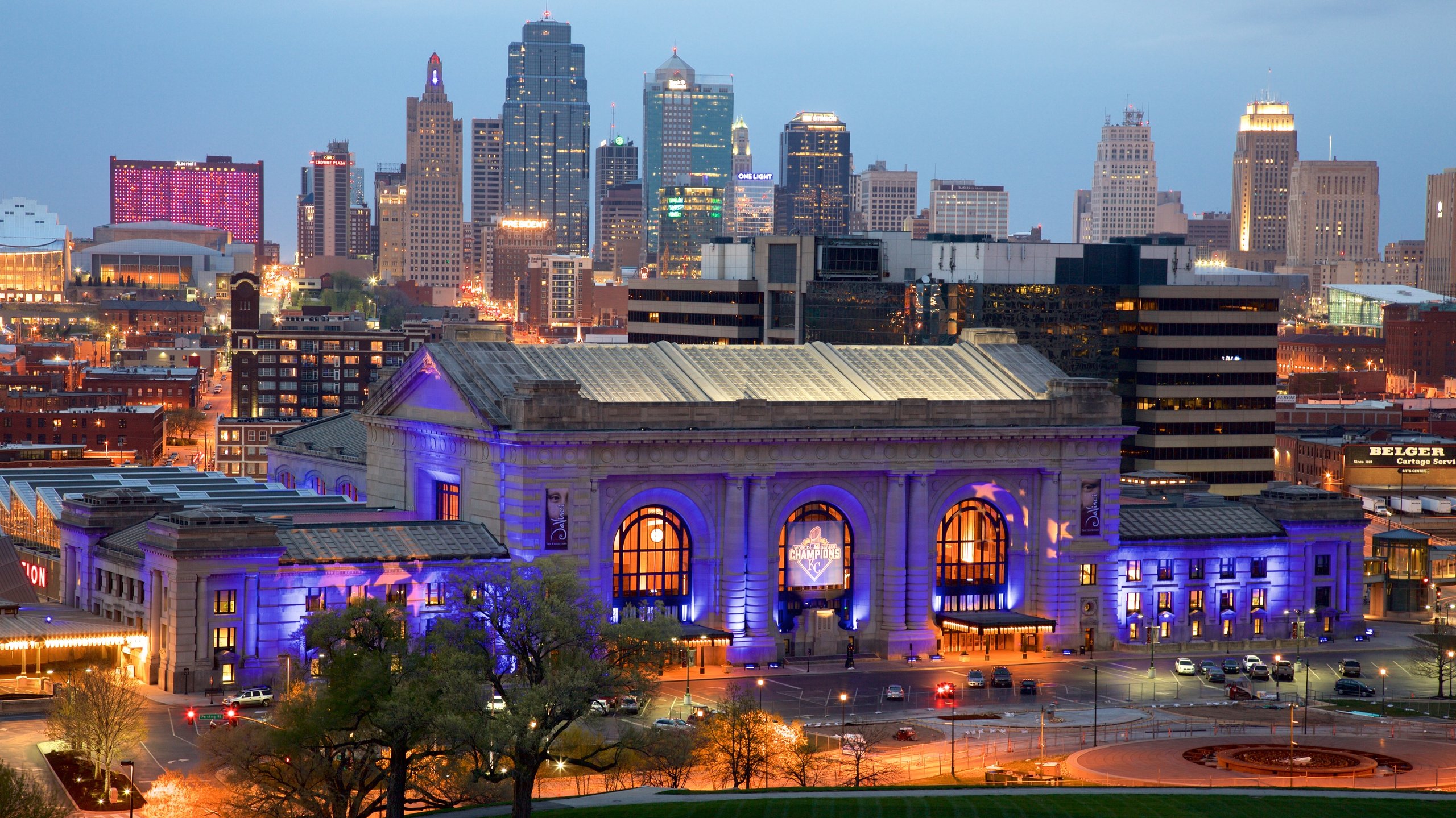24/7 Helpline:
(866) 899-111424/7 Helpline:
(866) 899-1114
Learn more about Opioid Rehab centers in Blue Eye
Opioid Rehab in Other Cities

Other Insurance Options

Health Choice

Absolute Total Care

American Behavioral

Highmark

CareSource

Premera

ComPsych

United Health Care

Kaiser Permanente

Humana

MVP Healthcare

Medical Mutual of Ohio

Optima

Health Net

Molina Healthcare

PHCS Network

AllWell

Sliding scale payment assistance

EmblemHealth

State Farm












